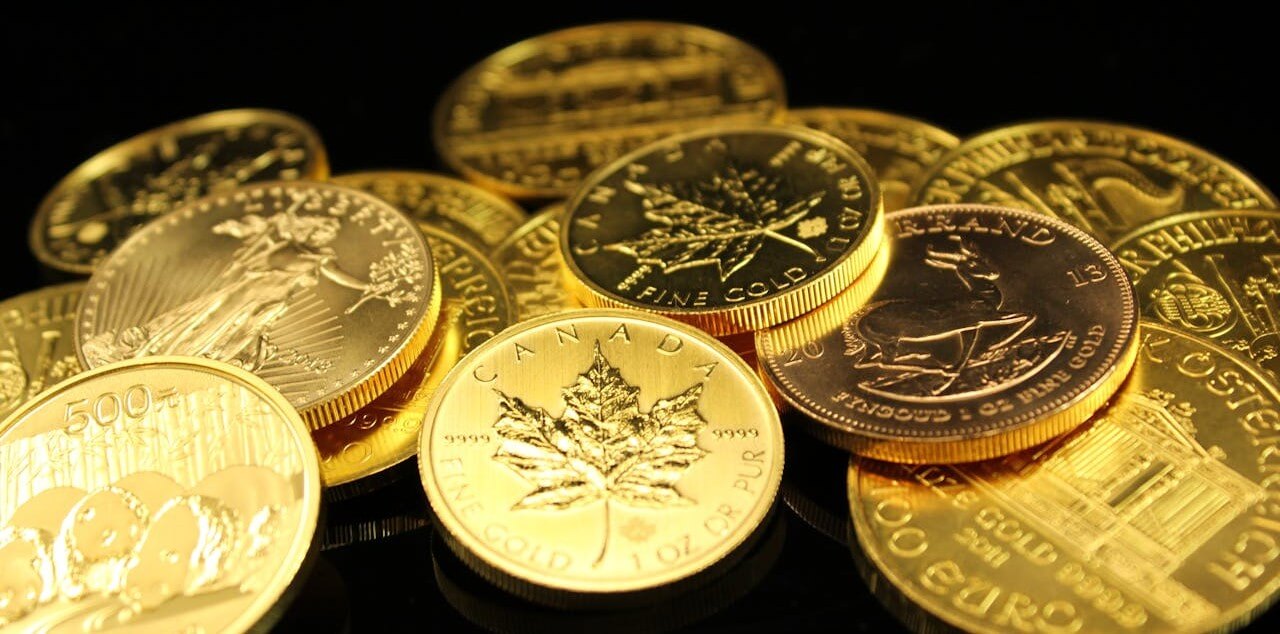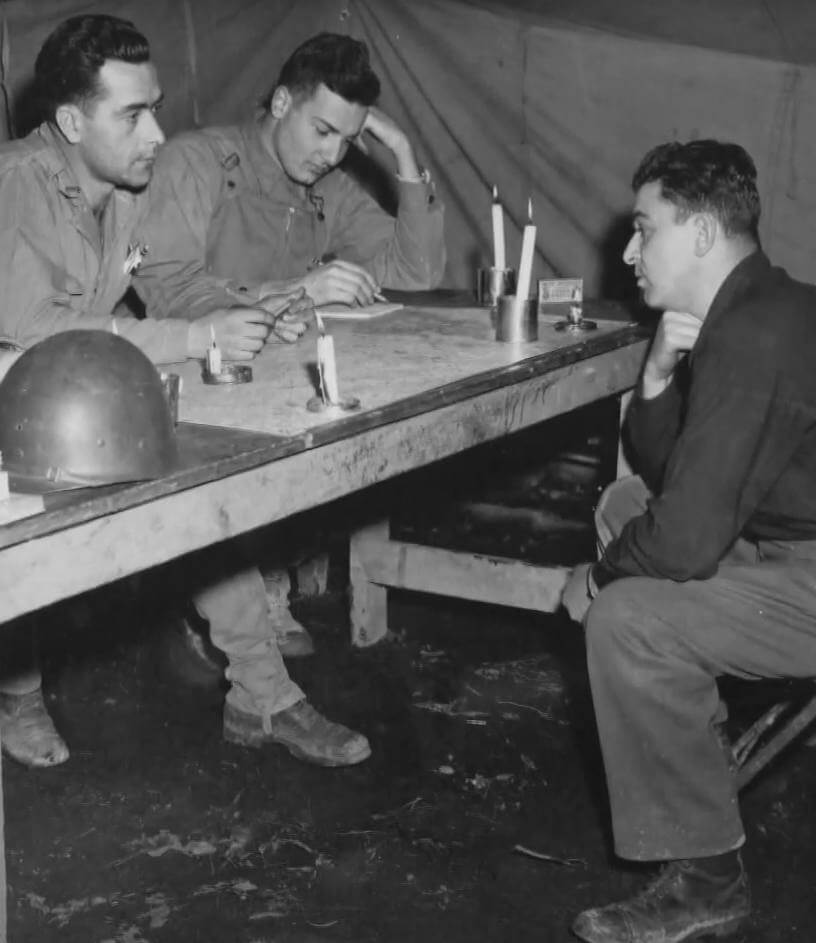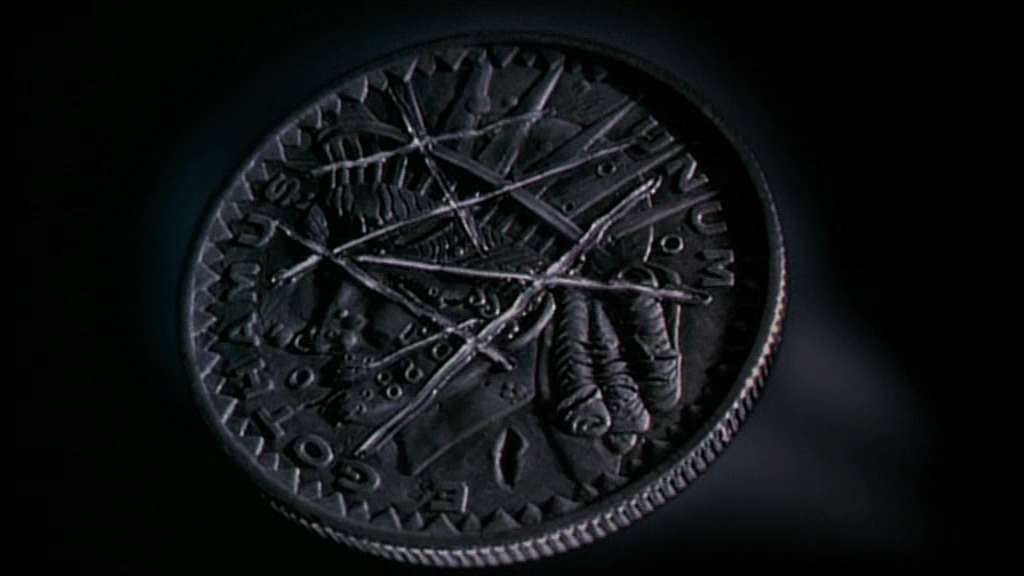When we think of a coin flip, we picture a small, everyday piece of currency. But the world of numismatics and ceremony is filled with coins of extraordinary size, weight, and even questionable fairness. These unusual coins challenge our very notion of what can be used to decide a matter of chance.
At the extreme end of the spectrum is the "1 Tonne Australian Kangaroo," a coin minted by the Perth Mint that holds the Guinness World Record for the largest coin. Made of 99.99% pure gold, it measures nearly 80 centimeters in diameter and weighs a staggering 1,000 kilograms. While it's legal tender, its primary purpose is as a spectacular display piece; needless to say, it has never been used for an official coin toss. More practical, though still oversized, are the specially minted coins used for major sporting events like the Super Bowl, which are larger and heavier than standard currency to add a sense of grandeur to the opening ceremony.
Perhaps more intriguing than large coins are those rumored to be unreliable. While modern minting processes ensure a near-perfect 50/50 balance, this wasn't always the case. One of the most cited examples is the Belgian 5 Franc coin from the reign of King Leopold II. The coin featured a deeply engraved, high-relief portrait on one side and a less detailed design on the other. This created a subtle but significant imbalance in the coin's center of gravity. It was rumored among gamblers and those in the know that the coin had a measurable bias, making it slightly more likely to land on one side than the other. It serves as a fascinating reminder that even the ultimate symbol of randomness can be influenced by the subtle laws of physics.


